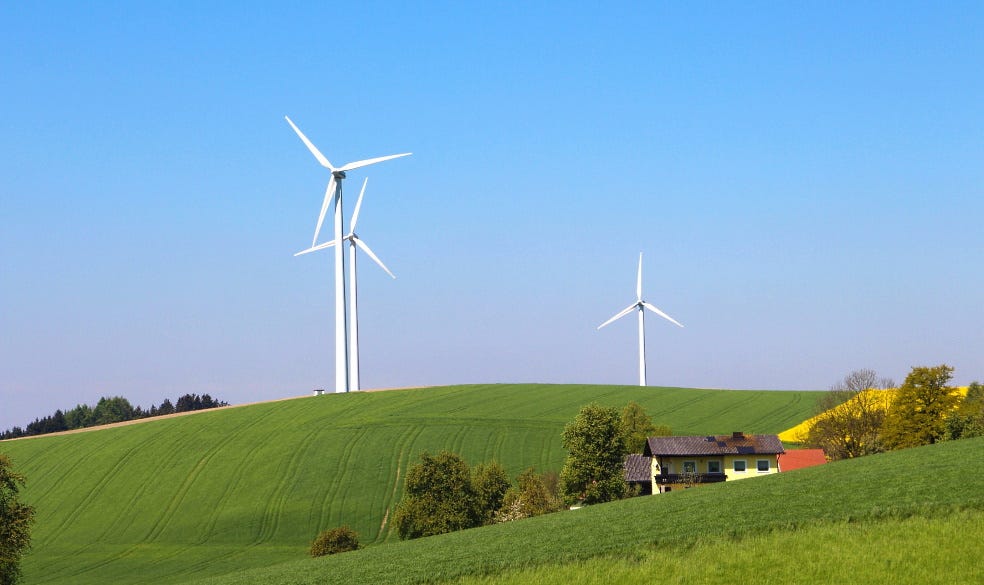Financing Strategies for Wind Energy Projects
The wind energy sector is experiencing rapid growth. This expansion requires substantial investment, making the choice of financing strategy crucial for project success.
Financing strategies for wind energy projects are diverse and can be complex. They range from equity and debt financing to government subsidies and innovative methods like crowdfunding.
Understanding these strategies is vital for renewable energy entrepreneurs, investors, and project developers. It ensures the sustainability of wind energy initiatives and contributes to global sustainability goals.
This guide will delve into the various financing strategies for wind energy projects. It aims to provide valuable insights to help you navigate the complex landscape of wind finance.
Understanding Wind Energy Project Financing
Wind energy project financing involves multiple strategies tailored to the unique needs of each project. The choice of strategy depends on various factors, including project size, location, and regulatory environment.
Selecting the right financing option is vital for ensuring both initial capital and long-term project sustainability. Companies often combine several financing methods to optimize funding, leveraging benefits like reduced costs and risks. Understanding the intricacies of these options is crucial for anyone involved in the wind energy sector. This knowledge helps in effectively navigating the financial landscape to secure necessary funds.
Equity Financing: Selling a Stake in Your Wind Project
Equity financing involves offering a share of the wind project to investors. This option provides capital without the need to repay like traditional loans, offering flexibility.
Investors gain partial ownership, sharing both profits and risks associated with the project. It is an attractive option for large-scale projects needing substantial funding.
Debt Financing: Borrowing Capital for Wind Energy
Debt financing is a common strategy for funding wind energy projects. It involves borrowing funds that need to be repaid over time with interest.
Lenders assess the project’s financial viability before offering loans. Successful debt financing requires a solid repayment plan, ensuring project profitability.
Government Incentives and Subsidies
Government incentives play a crucial role in wind finance strategies. These may include grants, tax credits, and subsidies. They help reduce initial costs and enhance project viability.
Such incentives encourage investment by easing financial burdens. Developers should explore available options to maximize project funding and achieve long-term success.
Alternative Financing: Green Bonds and Crowdfunding
Green bonds have emerged as key instruments in wind energy financing. These bonds attract investors keen on environmental projects. They offer fixed returns while supporting eco-friendly initiatives.
Crowdfunding is gaining momentum for smaller wind projects. It taps into public support and raises capital without traditional bank loans. This method democratizes investment and spreads financial risk.
Corporate Power Purchase Agreements (PPAs)
Corporate Power Purchase Agreements provide direct pathways for companies to source renewable energy. These contracts guarantee a stable energy supply from wind projects. They also lock in energy prices, shielding companies from market fluctuations.
PPAs enhance wind project’s bankability by ensuring long-term revenue. They attract investors looking for consistent income. As businesses seek sustainability, PPAs become increasingly popular in wind finance.
Risk Assessment and Mitigation in Wind Finance
Thorough risk assessment is vital for securing wind energy financing. It involves identifying potential financial, technical, and regulatory risks. This step is crucial to minimize uncertainties that could deter investors.
Effective mitigation strategies boost confidence in a project’s success. It includes robust insurance policies and contingency plans. Proper risk management can attract more diverse funding opportunities for wind projects.
The Role of Solar and Wind Finance and Investment Summits
Summits offer valuable insights and networking opportunities. These events connect investors and developers, fostering collaboration in the renewable sector.
Conclusion: Choosing the Right Financing Strategy
Selecting an optimal financing strategy is crucial for wind energy project’s success. It requires understanding complex financial models and industry trends. Considering factors like project size, location, and regulatory environment helps tailor the approach.
Engaging with financial experts can streamline this process. They offer valuable insights and can guide choices that align with sustainable goals. Successful financing leads to efficient project development and long-term viability.
